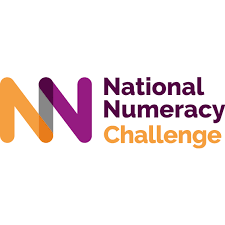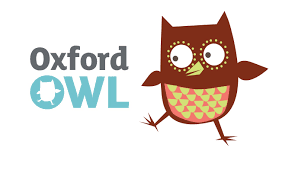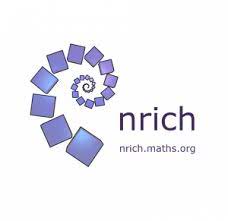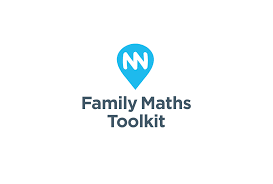Maths
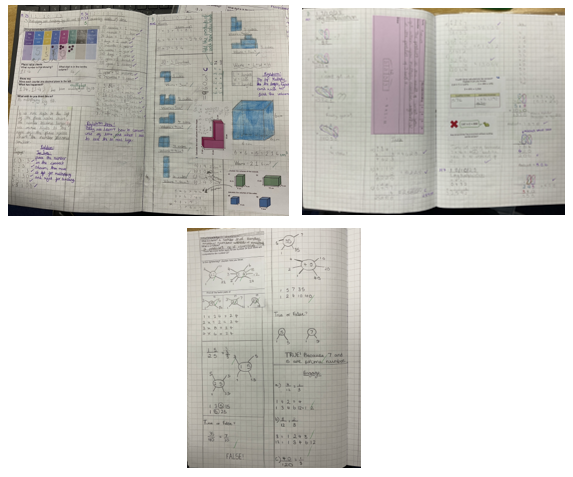
Rationale
Mathematics is a key skill that helps us to make sense of the world around us. It enables children to understand and appreciate relationships and patterns in both number and their everyday lives. Through their growing knowledge and understanding, child learn to apply their knowledge to solve real life problems.
We also believe that Mathematics equips children with a uniquely powerful set of tools to understand and change the world. These tools include logical reasoning, problem-solving skills and the ability to think in abstract ways.
Mathematics is important in everyday life, many forms of employment, science and technology, medicine, the economy, the environment and development and in public decision-making. Different cultures have contributed to the development and application of mathematics. Today, the subject transcends cultural boundaries, and its importance is universally recognised.
Intent
At Ravenscote we aim to present mathematics as a challenging, exciting, creative and relevant subject and in doing so, promote a positive and confident attitude towards the subject. We strive to show children how mathematics relates to real life and that it is a key skill that helps make sense of the world around us.
Through learning mathematics at Ravenscote, children will be able to:
- apply mathematical skills to problems and explain their reasoning, using correct mathematical terms
- appreciate and understand the relationships in both number and space in their everyday lives
- have a sense of the size of a number and where it fits into our number system
- know and use number facts, such as number bonds and multiplication tables
- use information they already know to do calculations mentally
- make sense of number problems, including non-routine problems, and recognise the operations needed to solve them
- judge whether their answers are reasonable and have strategies for checking them where necessary
- suggest suitable units for measuring and make sensible estimates of measurements
- explain and make predictions from the numbers in graphs, diagrams, charts and tables.
Implementation
In mathematics lessons, a variety of teaching and learning styles are used. Our principal aim is to develop children’s knowledge, skills and understanding in mathematics. Children are taught maths in homogenous maths groups, allowing for support and pace to be adapted more accurately.
During these lessons we encourage children to ask as well as answer mathematical questions. They have the opportunity to use a wide range of resources such as number lines, number squares, digit cards and small apparatus to support their work appropriate to their age and ability level. Wherever possible, we encourage children to use and apply their learning in everyday situations.
Across the year group, there are children of differing mathematical ability. We recognise this fact and provide suitable learning opportunities for all children by matching the challenge of the task to the ability of the child. We achieve this through a range of strategies – in some lessons through differentiated group work and in other lessons by organising the children to work in pairs on open-ended problems or games. We use classroom assistants to support targeted groups and to provide in situ feedback to ensure that work is matched to the needs of individuals.
To enable children to recall knowledge they have gained from previous years, topics or lessons, teachers us a ‘Flashback 4’ as a warm up twice a week.
Teachers will use formative assessment throughout the lesson, in order to assess whether children need more support with a topic or learning objective. They can then use this assessment to identify and correct misconceptions as well as allowing them to pre-teach or ‘call back’ children who might need more time to embed their learning. This is supported by the live marking policy, where teachers are continually assessing children’s learning and using it to develop their lessons.
As a school, we use a Concrete, Pictorial, Abstract (CPA) approach to teaching new learning. This allows pupils all pupils to access the mathematical learning.
Impact
Each year children are building on the skills they have learnt before; therefore, allowing them to know more, do more and remember more. We can see the impact of this in them applying the skills they have to unknown problems. Along with specific mathematics skills, children also develop their ability to reason, problem solve and work in a team.
Within lessons, each child has the opportunities to develop their love of mathematics, mathematical skills, understanding of number, understanding of how mathematics is used in the wider world and resilience when tackling problems. Therefore, not just developing them as a mathematician but also as a ‘rounded’ member of society.
CPA approach
Concrete: physical resources with which children can represent the number, calculation or problem. For example, place value charts, counters and base 10 materials.
Pictorial: diagrams, which children can draw or are presented with on which they can display the problem. For example, bar models, partitioning diagrams and arrays.
Abstract: looking at a problem or question with just numbers and understanding what they represent, without needing a pictorial diagram or concrete resources.
All children will have all three available to them when looking at a mathematical concept.
Maths homework is set every other week so allow the children to have independence over their learning.
We also use Times Table Rockstars to develop times tables fluency.
Please click here to access our Maths Policy document.
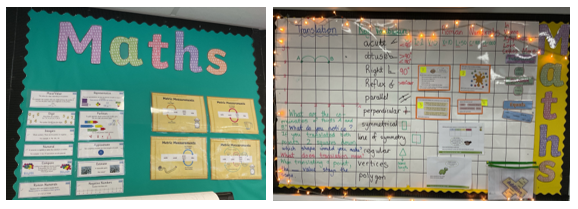
"If you’re ever stuck on a question just give it your best go and your teacher will always help you"
"I find it really helpful when the teacher solves the problem with us."
"I really enjoy practising times tables at the beginning of my lesson"
Links for parents:



